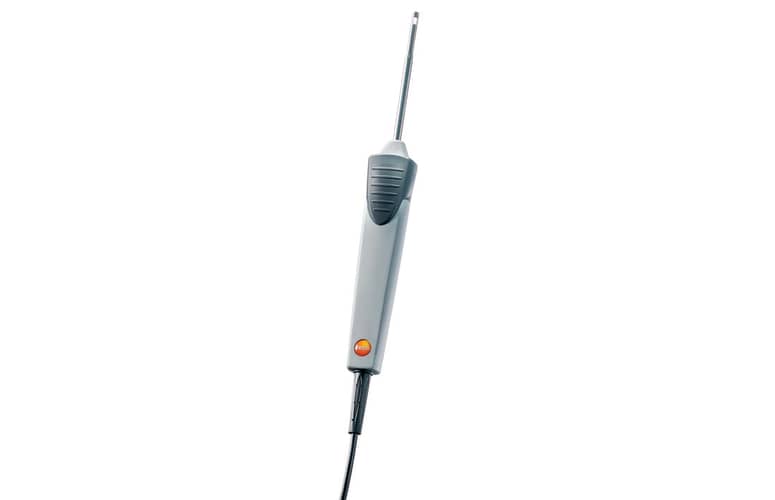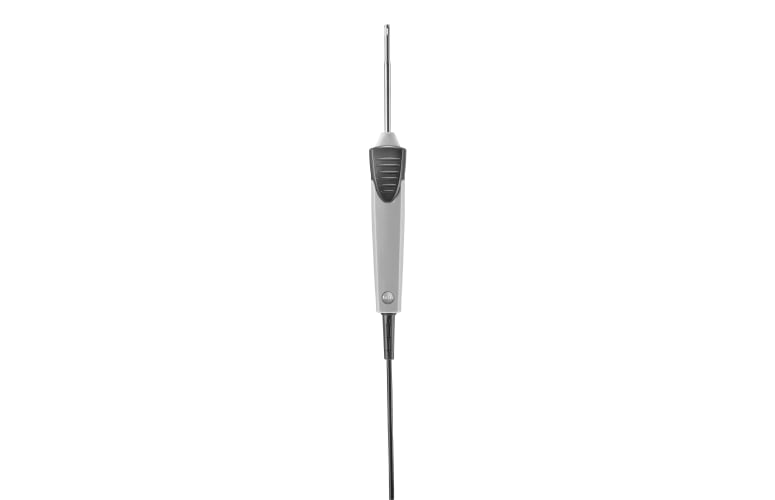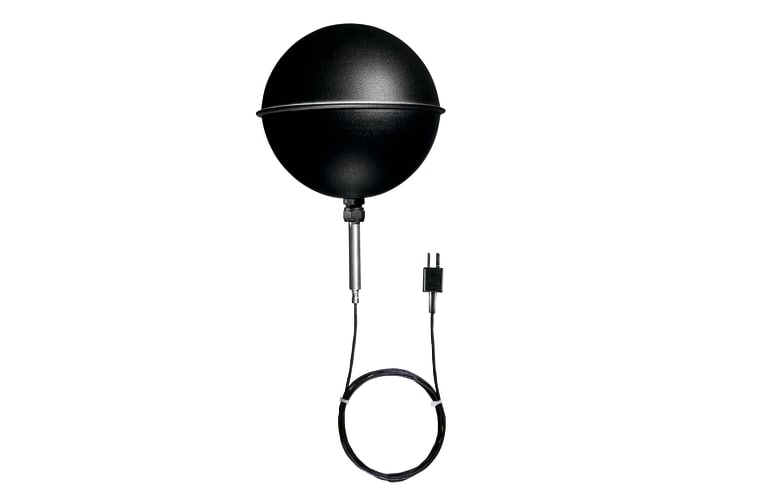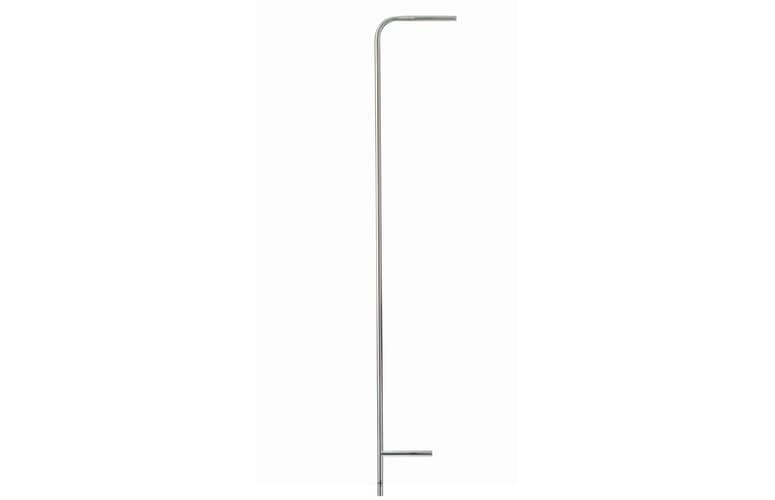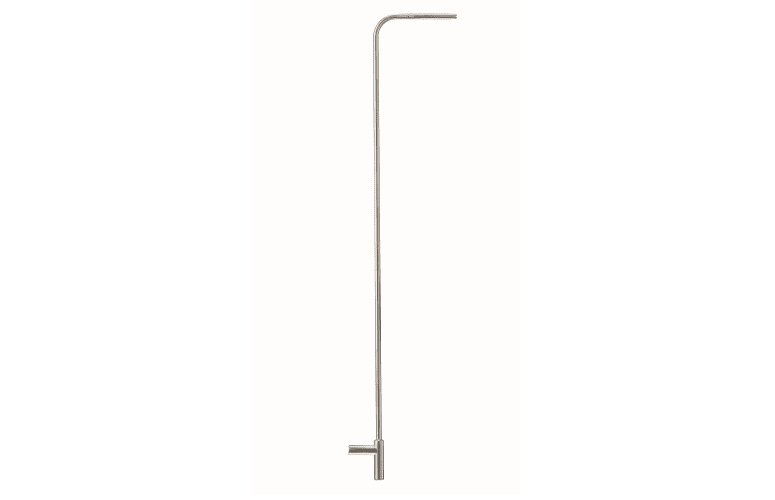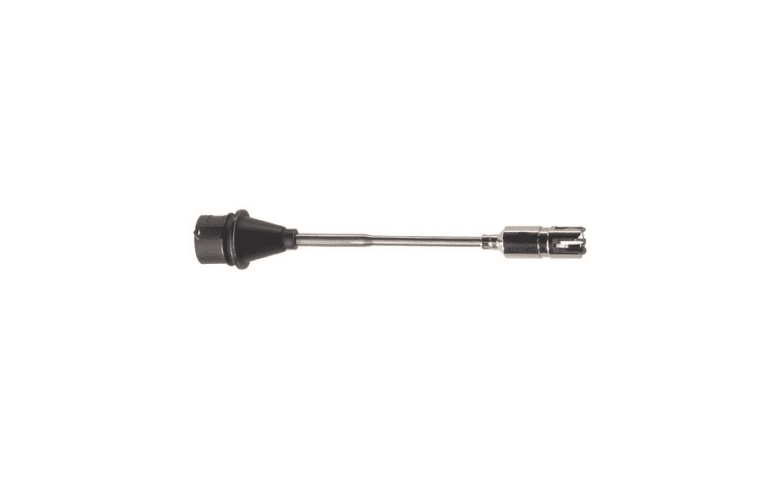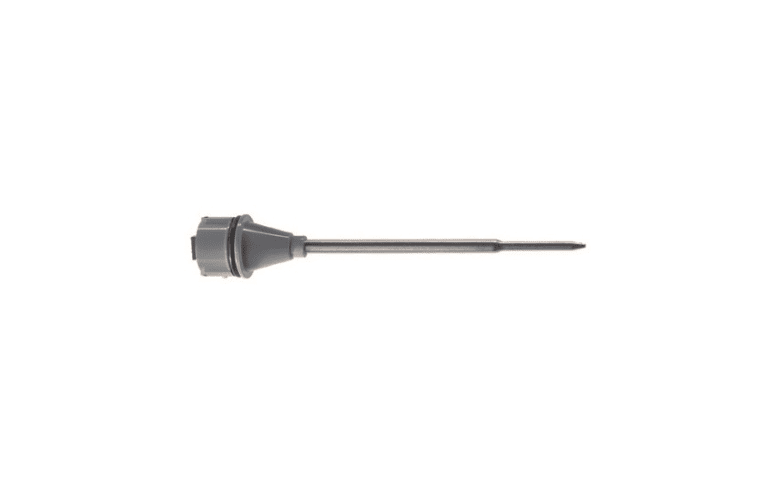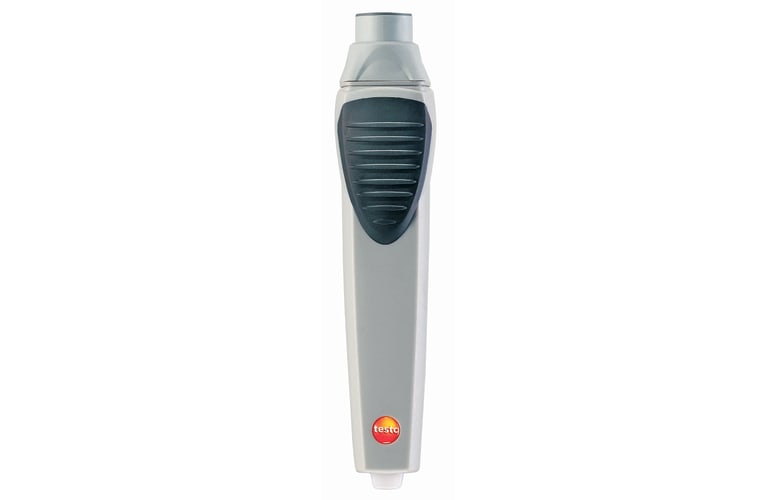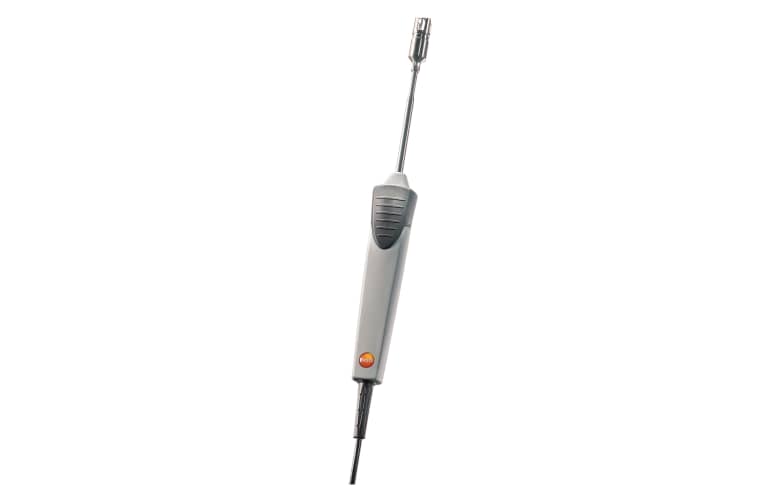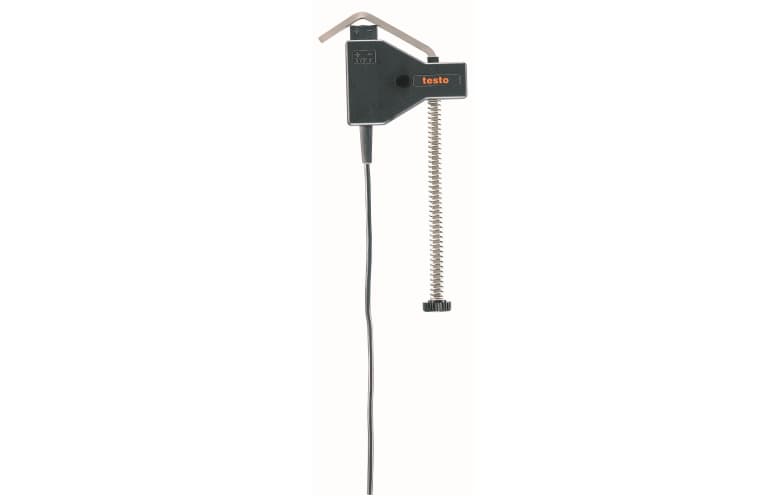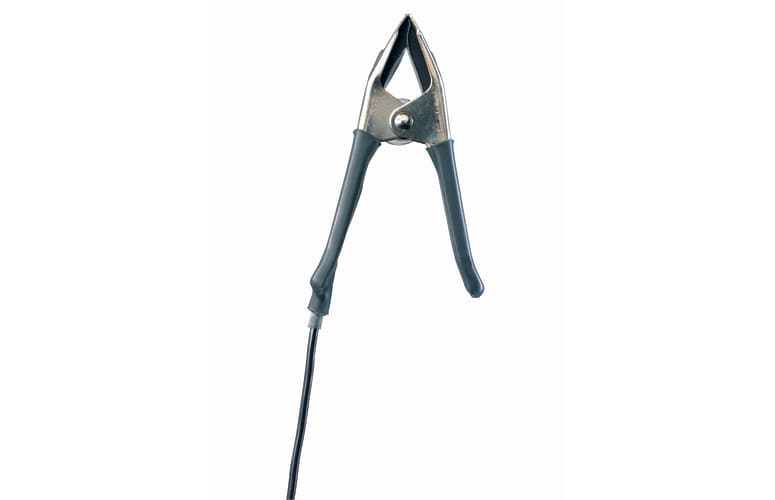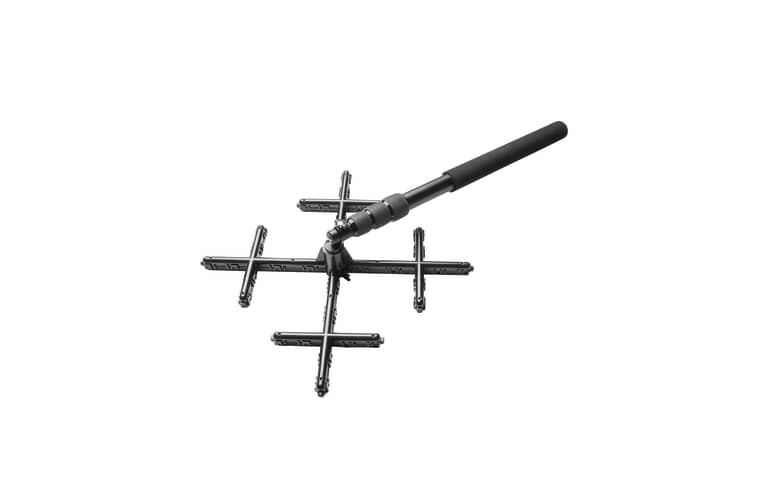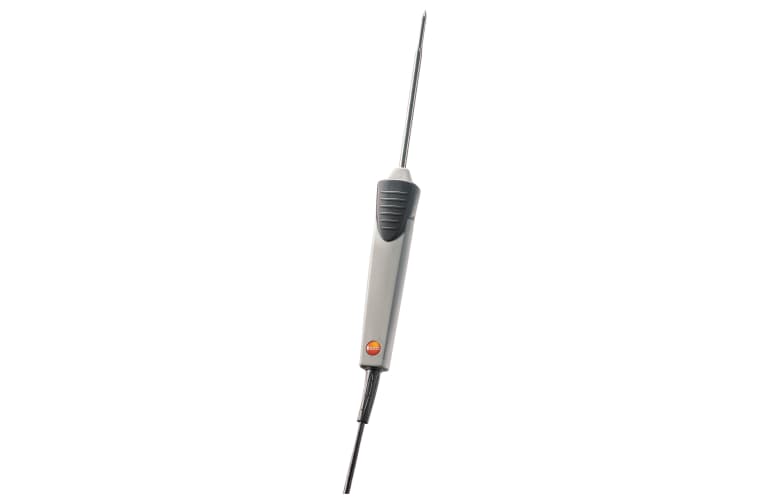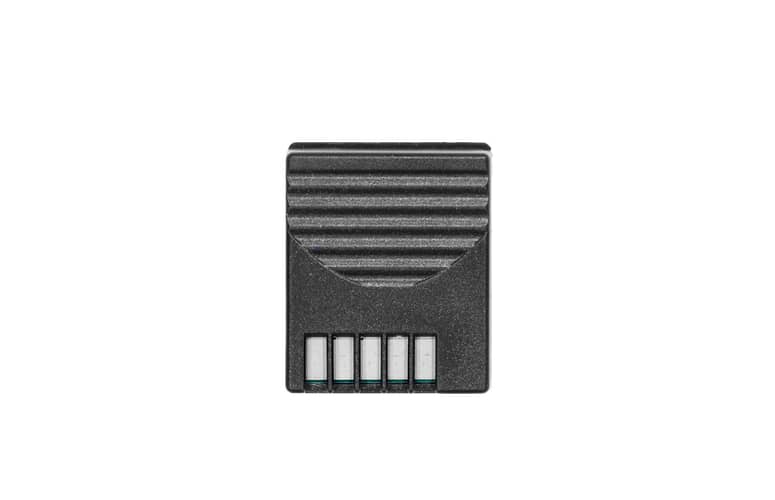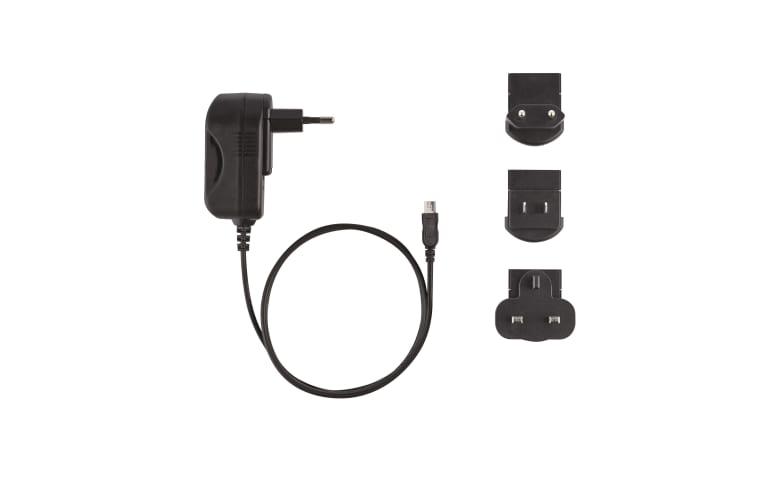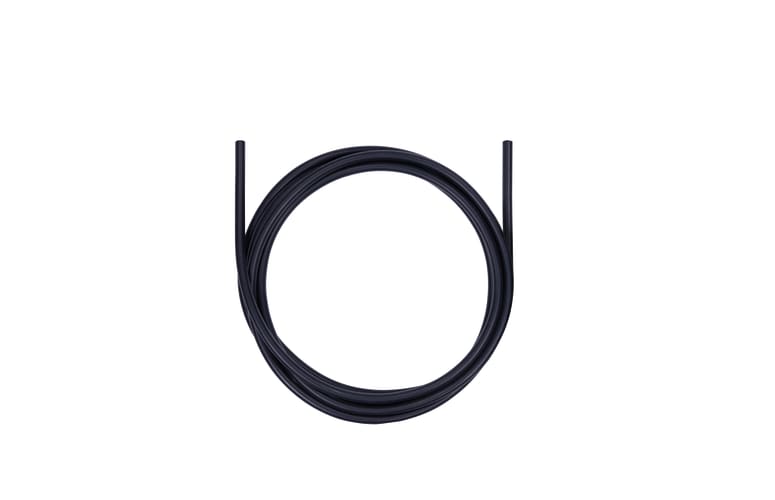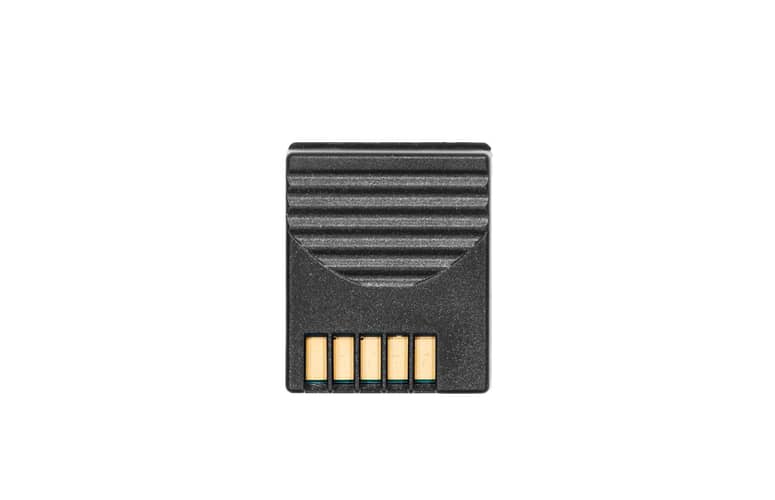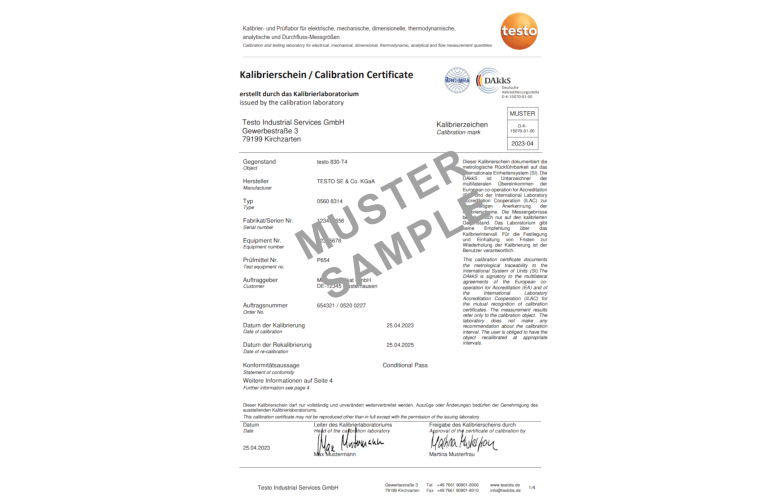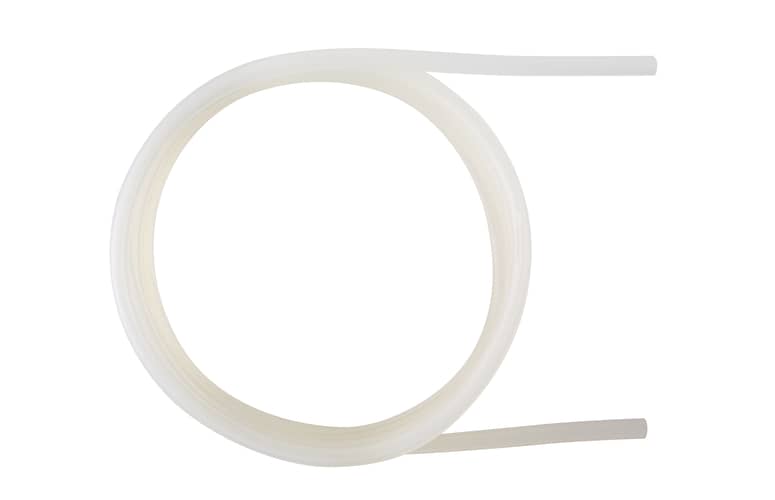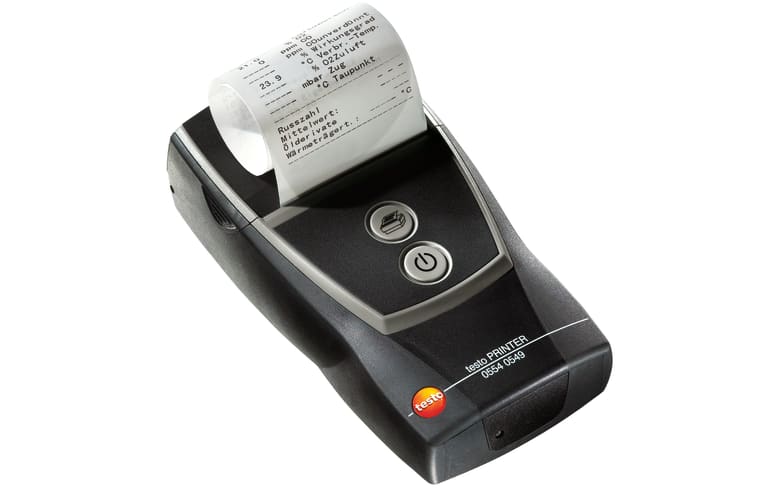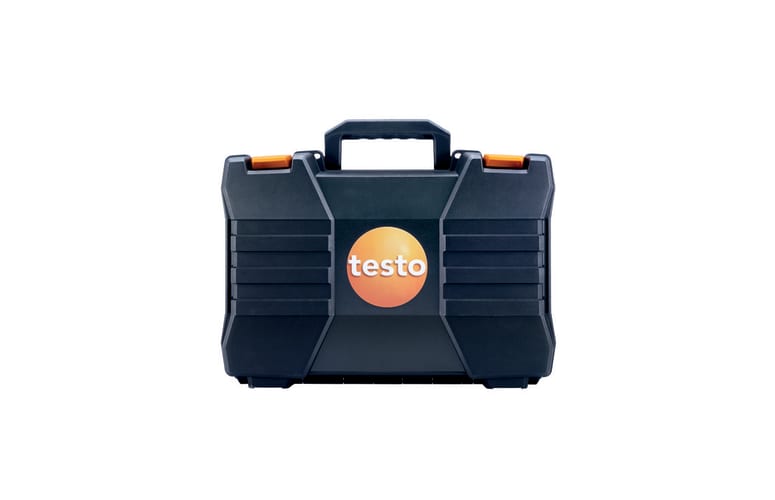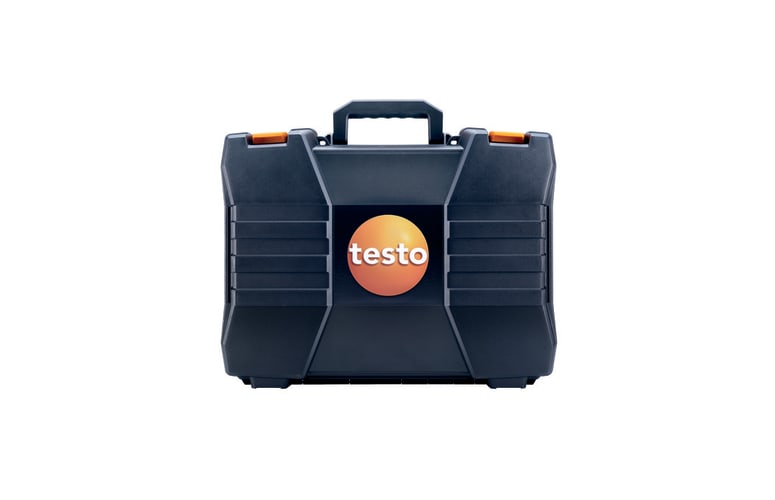Take advantage of further optional probes which you can attach to the testo 435-3 multi-function climate measuring instrument. This means you are ideally equipped when your work involves adjusting ventilation and air conditioning systems or assessing air quality.
Attachable probes (optional) for assessing air quality
- IAQ probe (Indoor Air Quality) for assessing air quality – measures CO2, air temperature, air humidity and absolute pressure
- Ambient CO probe for CO measurement in buildings and rooms
- Globe thermometer for measuring radiant heat
- Temperature probe for measuring air temperature, core temperature and surface temperature
Attachable probes (optional) for adjusting and testing ventilation and air conditioning systems
- Thermal anemometers for measuring air velocity and volumetric flow in ventilation ducts. If you also want to measure the temperature and air humidity in ducts, we recommend you use the thermal anemometer with integrated temperature and air humidity measurement
- Vane anemometer with a small diameter (Ø 16 mm) for measuring air velocity and volumetric flow in ventilation ducts
- Vane anemometer with a large diameter (Ø 100 mm) for measuring volumetric flow at the air outlet. Also for measurements at poppet valves and ventilation grilles in combination with the testovent 417 funnels or for measurements at swirl outlets with the volume flow straightener
- Temperature probe for measuring air temperature, core temperature and surface temperature
- Absolute pressure probe
Radio probe for temperature measurements
In addition to the attachable probes, you can also connect up to three radio probes to the measuring instrument: with the radio module, which is available as an option, the testo 435-3 climate measuring instrument can take temperature measurements wirelessly from radio probes over a distance of up to 20 meters (without obstruction). This enables you to avoid damage to cables or hindrances to handling.The testo 435-4 version offers even more possibilities for adjusting and testing air conditioning systems and measuring air quality. Further probes, such as lux probes or probes for turbulence level measurement, can be attached to this measuring instrument.
Complex technology, but really easy handling
The testo 435-3 multi-function climate measuring instrument is characterized by an efficient measuring process which makes any inconvenient programming of the measuring instrument superfluous:probe-dependent menus and selectable user profiles for the typical applications of “duct measurement” and “IAQ measurement” ensure the easiest imaginable handling.
All readings are easy to read on the large display which has an illumination function. In addition, dew point distance, min., max. and mean values are displayed. A solid housing provides reliable protection against impacts for the testo 435-3 multi-function climate measuring instrument.
Documentation of measurement data on site
The testo fast printer, which is available as an option, means you can create a report printout of measurement data directly on site. For a duct measurement, you can for instance print out the current readings or the min./max. values for air velocity, volumetric flow, temperature and air humidity. You can use the printout as evidence of your work.Use the practical cyclical printing function on the testo 435-3 as well. It not only enables the printout of individual readings, but also of whole series of measurements on the testo fast printer at freely adjustable intervals (for example once a minute).
We recommend you use the testo 435-4 version for saving, documenting and archiving measurement data. It is equipped with a reading memory and PC software.
